If you love creating beautiful costumes, you have probably watched movies like The Dressmaker, starring Kate Winslet, and Cruella, starring Emma Stone. Both actresses portrayed characters who were incredibly crafty, creative, and, most importantly, skilled with sewing machines — it's their tool of transformation.
Sewing machines come in many forms and features to cater to different needs across different industries. That's why we will be covering a great list of sewing machines that are popular in use today. Here's an overview of the sewing machines that will be reviewed in this article.
| Number | Types of sewing machines | Common Usage |
|---|---|---|
| 1 | Mechanical Treadle Machine | Basic sewing and mending (without electricity) |
| 2 | Electronic Mechanical Machine | Home sewing, minor alterations |
| 3 | Mini and Portable Machines | Quick repair on light fabrics, convenient during travel |
| 4 | Computerized/Automated Machine | Used in the fashion design industry for advanced work |
| 5 | Embroidery Machine | Decorative stiching, and monogram patterns |
| 6 | Quilting Machine | Large textiles like personal quilt and bedspread |
| 7 | Overlocking/Serger Machine | Seaming edges in clothing manufacturing |
| 8 | Industrial Sewing Machine | Factory production for specialised products like leather and denim |
| 9 | Leather Sewing Machine | Involving heavy duty leather goods and materials like bags |
| 10 | Flatbed Sewing Machine | General sewing, suitable for beginners |
| 11 | Zigzag Sewing Machine | Decorative stiching, buttonholes, stretched fabrics |
| 12 | Button Sewing Machine | Attaching buttons in bulk, precise manner |
| 13 | Cylinder Bed Sewing Machine | For tubular items like cuffs, sleeves, leather shoes |
| 14 | Flatlock Sewing Machine | Activewear for sports and leisure |
| 15 | Bar Tack Sewing Machine | Reinforcement of stress points for belt loops and pockets |

Brief Overview of Sewing & Sewing Machines
Before we dive deep into the different types of sewing machines, let's talk about the history of sewing. Sewing is one of the oldest inventions of textile arts, it most probably started in the Palaeolithic era. Even after the invention of spinning yarn or weaving fabric, sewing remained an essential activity to create different types of clothing, jewellery, or specific garments.
Sewing was mostly done by hand until the 18th century when the actual invention of the sewing machine took place. With the rise of the Industrial Revolution, the production of textiles shifted and allowed the mass production of clothing.
1790
Thomas Saint officially patented the first-ever sewing machine design.
1830
Barthélemy Thimonnier, a French tailor invented the first sewing machine, which he later used to produce military uniforms for France's army.
1851
Issac Singer, founder of Singer Sewing Machine Company successfully developed the first version of our modern-day sewing machine after several revisions from previous designs.
19th, 20th century
Sewing by hand remains widespread, but the sewing machines began revolutionizing textile production.
21st century
Technological advances led to more specialised sewing machines, including automated sewing machines.
What are the different types of sewing machines that are commonly used these days? Continue reading to learn the short description of 15 types of sewing machines which deliver certain sewing styles, while catering to different sewing needs.
1. Mechanical Treadle Sewing Machines

Mechanical machines are the most basic of all machines and can be treadled or hand-operated.
They were designed to be used before electrical power was accessible.
The mechanical machine is either operated with a handle and turning the wheel to drive the needle and make the stitches, or it may be a treadle machine. The treadle machine is manual and operated by working a treadle plate just above the floor. The movement of the treadle and a rubber belt drives the machine and the stitching needle.
💪Difficulty Level: Beginner-Friendly
⚙️Versatility Level: Moderate
👉Best Application: Basic stitches and easy repairs
2. Electronic Mechanical Sewing Machines
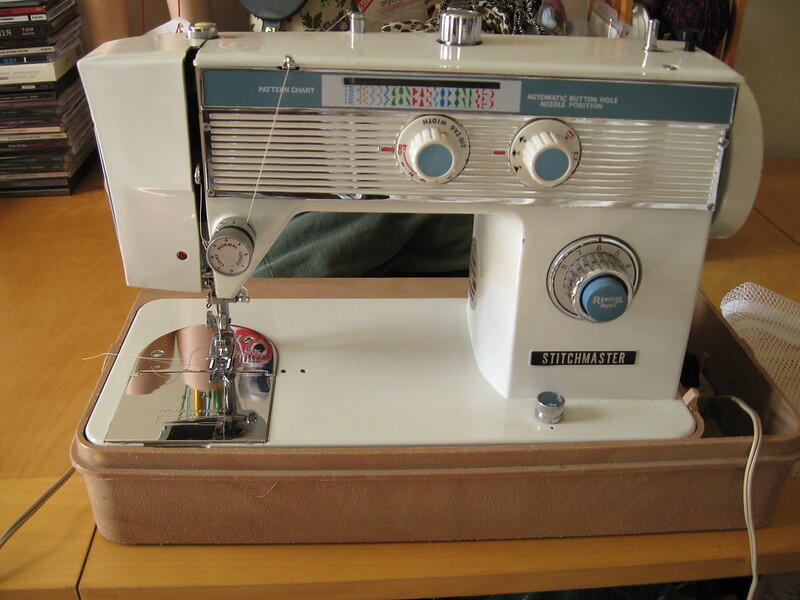
Electronic machines have many more options and the advantage of being electronically operated.
There are many brands of electronic machines to choose from like Brother and Juki, offering different stitches and stitch lengths.
Electronic mechanical types of sewing machines will straight stitch, zigzag and have some decorative stitches. The functions are accessed by a knob rather than an electrical computerized panel.
💪Difficulty Level: Beginner-Friendly
⚙️Versatility Level: Moderate
👉 Best Application: Simple Do It Yourself stitches, hemming curtains, easy clothes altering
3. Mini and Portable Machines

Electronic machines would include mini portable machines. The mini machine is not sturdy enough for vast quantities of sewing.
Although the machine is portable and easy to carry, it is best suited to small projects and mending. Most of them are not strong enough for larger projects and extended stitches.
💪Difficulty Level: Easy
⚙️Versatility Level: Low
👉Best Application: Quick stitches like mending a tear or sewing a loose button for a buttonhole
4. Computerized or Automated Machines

Moving on up the scale of machines, computerized and fully automated machines have many more functions and features.
The machine often has an LCD screen display, automatic needle threading, and even embroidery stitches. There are different tension controls and stitch lengths.
Computerized types of sewing machines will make buttonholes and have built-in stitch programs. Although these machines are more expensive, they are sturdy and long-lasting.
💪Difficulty Level: Intermediate
⚙️Versatility Level: Very high
👉Best Application: Custom stitches and intricate patterns
5. Embroidery Machines

An embroidery machine is definitely an investment if you plan on doing lots of embroidery stitch.
The USB port on this machine enables the embroiderer to access other designs and import them into the memory of the machine.
💪Difficulty Level: Intermediate
⚙️Versatility Level: Specialised
👉Best Application: Decorative stitches like monogram
6. Quilting Machines
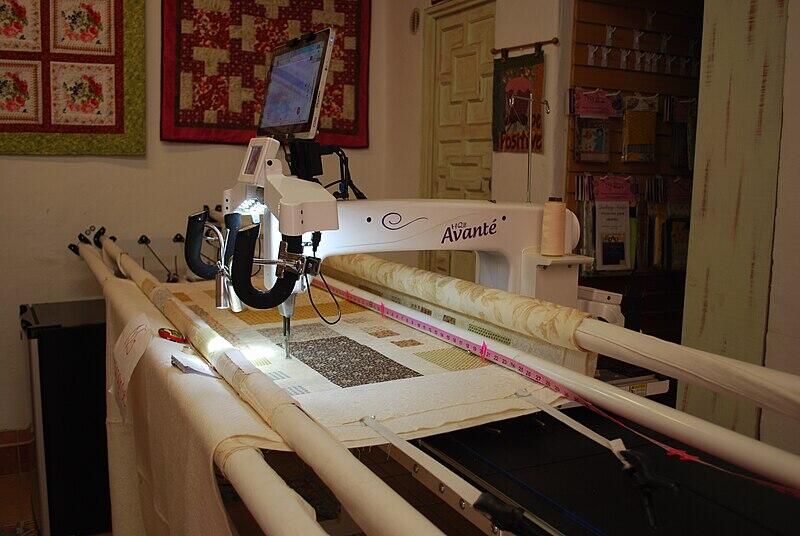
Quilting types of sewing machines are highly recommended if you plan to make large quilts.
This machine has a longer arm, allowing greater volumes of fabric to pass through the machine, enabling you to stitch through thicker quantities of fabric.
The feed of the machine ensures steady and even stitching as the fabrics are held in place. Many brands such as Janome and Brother offer machines that are designed for quilting and general stitches and sewing.
💪Difficulty Level: Intermediate to expert
⚙️Versatility Level: Moderate
👉Best Application: Stitch quilts, bedspread stitches
7. Overlocking or Serger Machines
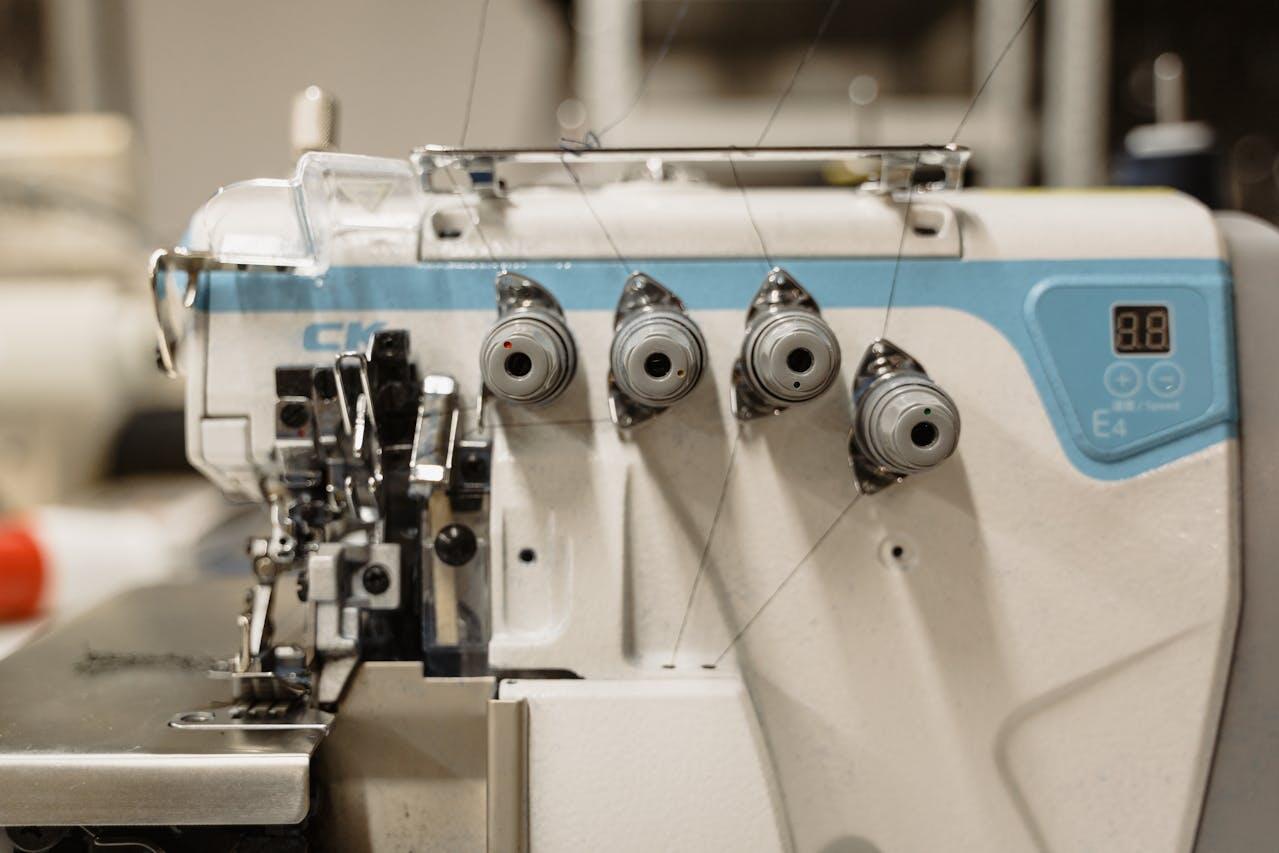
The serger is a relatively new addition to the sewing machine collection. The overlocker or serger may come with three or four threads.
This machine has the ability to sew, trim and over-sew the edges of seams. The serger can be used to stitch edges to create a really professional and neat look.
💪Difficulty Level: Intermediate
⚙️Versatility Level: High
👉Best Application: Seaming edges, garment production

8. Industrial Sewing Machines
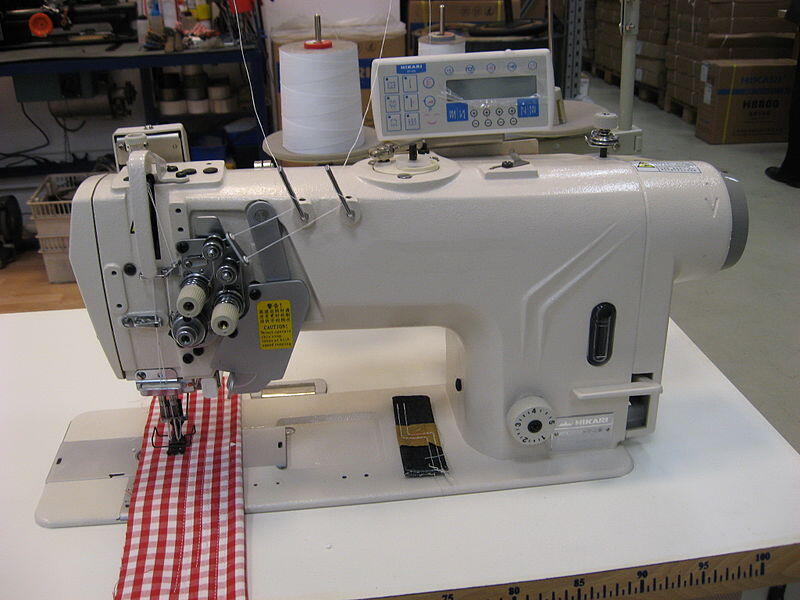
Industrial machines are made to be durable and to stitch multiple types of fabric such as heavyweight fabrics, upholstery fabrics, leather, rubber, plastic, and canvas.
Some industrial machines have found their way into home industries because they are very hard-working and durable machines.
💪Difficulty Level: Expert
⚙️Versatility Level: Specialised
👉Best Application: Upholstery and accessories production in factories or professional textile business
9. Leather Sewing Machines
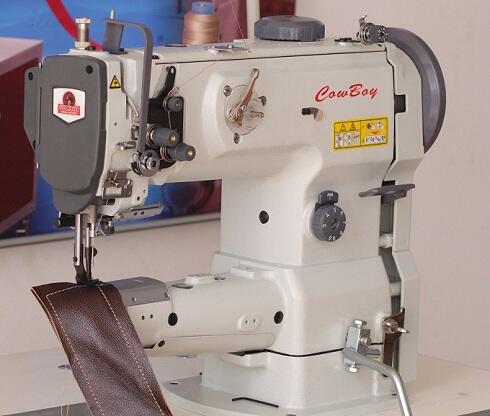
As the name implies, this specialised sewing machine is tailored to all kinds of solid leather designs, whether it's for shoes, wallets, bags, or belts.
These machines are often paired with compound walking foot mechanisms to ensure consistent downward pressure of the needle towards the material throughout the stitches.
💪Difficulty Level: Intermediate
⚙️Versatility Level: Specialised
👉Best Application: Heavy-duty leather goods and fabrics like canvas
10. Flatbed Sewing Machines
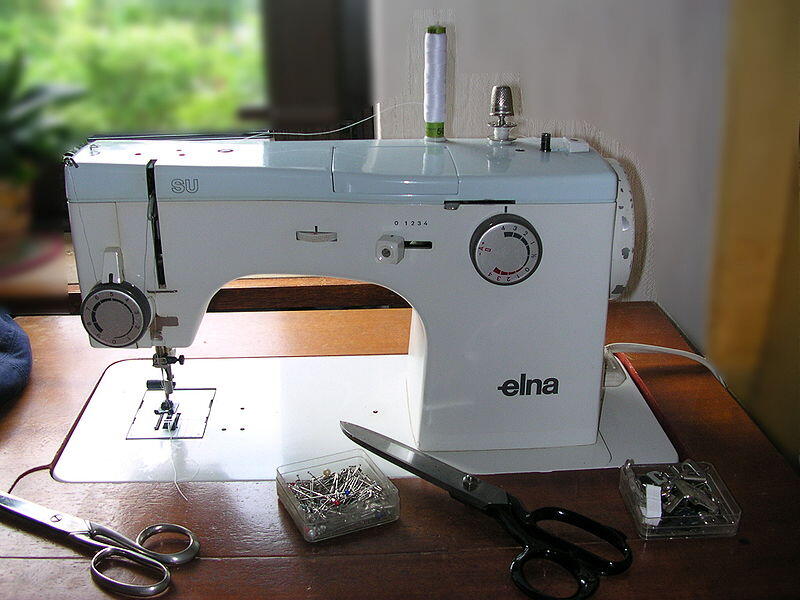
It is one of the most commonly used machines among new learners and seasoned professionals in the industry.
Due to the machine's stable sewing flat design, it offers good control when navigating flat fabrics or sturdy material stitching.
Domestic flatbed machines are more compact and suited for homes while industrial flatbed machines are equipped with stronger motor power and heavy-duty features, ensuring high speed and accuracy in mass production.
💪Difficulty Level: Suitable for beginners
⚙️Versatility Level: High
👉Best Application: General sewing for garments or stitches on heavy fabrics
11.Zigzag Sewing Machines

A key feature of zigzag sewing machines is their side-to-side needle movements to create zig-zag patterns, apart from the usual straight stitches.
The machine is often used to stitch elastic materials like Spandex or knit, sewing patches for durability and several decorative edges.
💪Difficulty Level: Suitable for Beginners
⚙️Versatility Level: High
👉Best Application: Activewear production and stretchy materials like lingerie
12. Button Sewing Machines

These machines are a staple in factories and garment production lines as they speed up the process of attaching buttons to each buttonhole securely as compared to manually sewing the buttons.
Furthermore, the machine can easily be customised to work on various buttonhole and size configurations with precision and consistency.
💪Difficulty Level: Easy
⚙️Versatility Level: Specialised for buttonhole stitch
👉Best Application: Bulk, factory garment manufacturers
13. Cylinder Bed Sewing Machines

A specialised form of industrial sewing machine, it is widely used in manufacturing industries for tubular design materials such as cuffs, sleeves, and bags.
Thanks to its unique cylindrical arm design, the machine easily allows materials with circular shapes to pass through without distorting the quality of the fabric when sewing.
💪Difficulty Level: Expert
⚙️Versatility Level: Moderate
👉Best Application: Materials with any curved surfaces like shoes and bags
14. Flatlock Sewing Machines
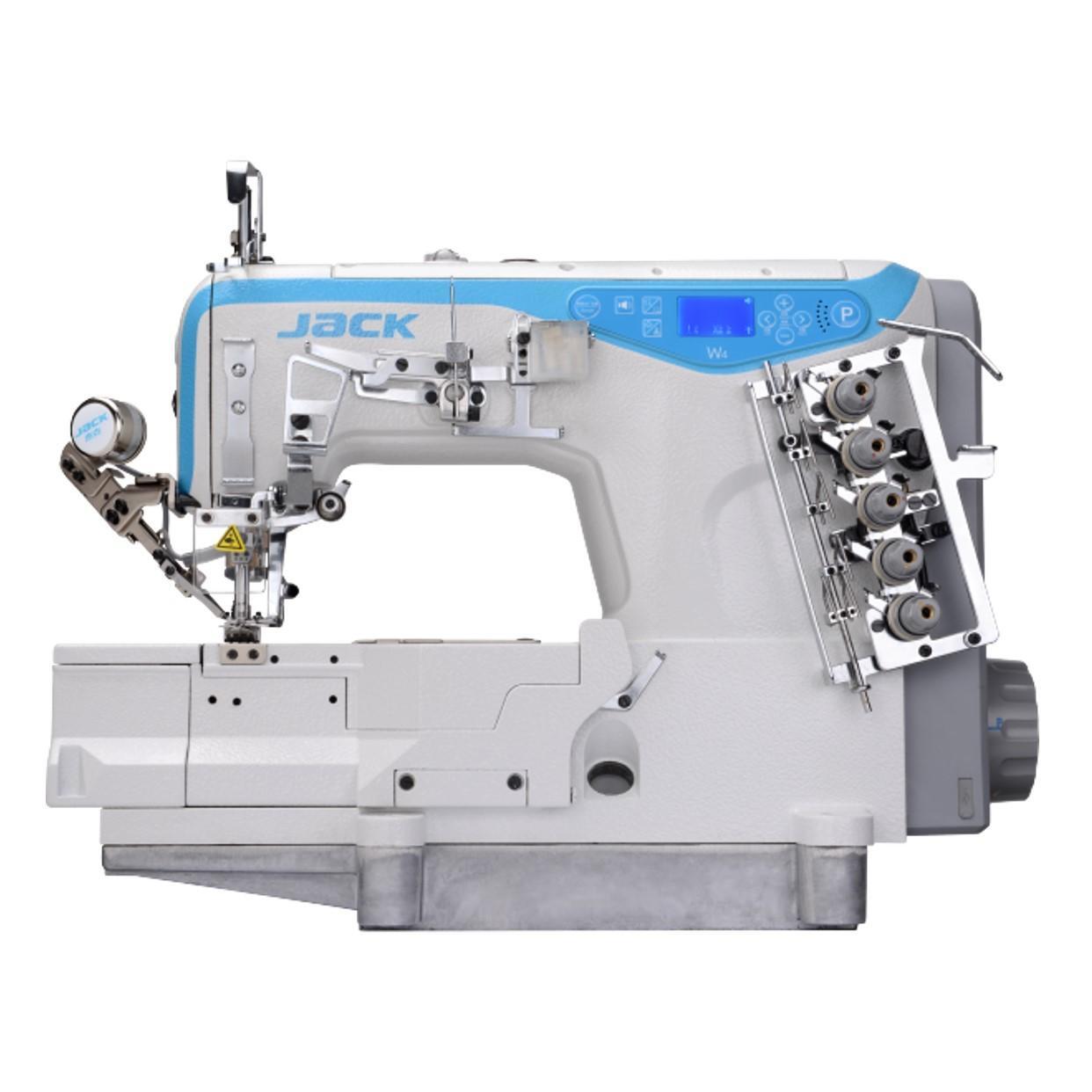
Flatlock sewing machines are essential for creating flat, smooth seams where the needles stitch the fabric edges together without overlapping, resulting in seams that lie flat against the material.
This results in a smooth, aesthetic appearance and is commonly used to make garments that are worn directly close to your skin.
💪Difficulty Level: Intermediate
⚙️Versatility Level: Moderate
👉Best Application: Swimwear, yoga pants, leggings
15. Bar Tack Sewing Machines
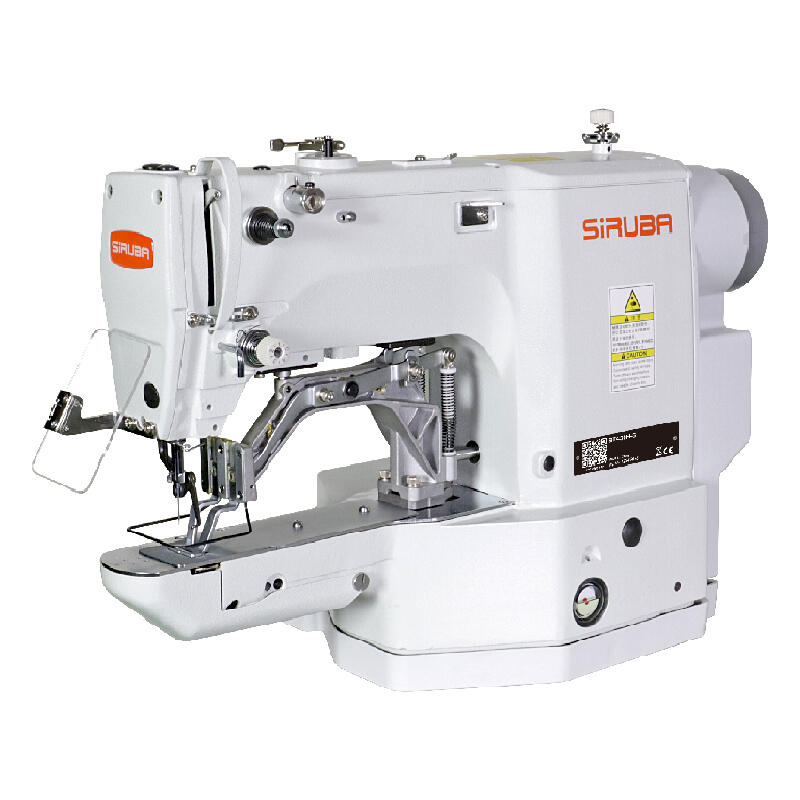
Last but not least, bar tack sewing machines help to reinforce a seam (two pieces of fabric that are sewn together) through dense, short stitches.
As you repeatedly stitch back and forth in a concentrated area, the machine ensures exceptional durability and prevents the fabric from tearing under strain.
💪Difficulty Level: Easy
⚙️Versatility Level: Specialised
👉Best Application: Stress points stitches in belt loops, pockets, and zippers
Master Various Sewing Techniques With Superprof
Now that you have reviewed the 15 sewing machines, you might be thinking of building your own sewing room. When it comes to what kind of sewing machine to buy, it depends on the functions you will need, how often you plan to sew and of course your budget. For the majority of beginner sewers, it's best to opt for a cheaper computerized machine or simple electronic machine model at platforms like Amazon. Some sewing machine brands that are worth exploring include:
- Singer
- Brother
- Janome
- Bernina
- Juki
If you are just starting to sew, we recommend you first get to know the various types of stitches and sewing techniques with an experienced tutor. At Superprof, you can learn anything and everything about sewing regardless of your learning level. For instance, you can learn the right way to use a needle threader for the machine and also get some insights on which machine model suits you the best at your present level.
All you need to do is indicate what you want to learn (sewing), your current location and the maximum budget for hourly rates. The system will direct you to a wide selection of sewing tutors who offer their tutoring within that range. Take your time to read through the online reviews of the Superprof tutors, and learn about the average hourly rate of the tutors. Also, most of them offer their first lesson for free!
What are you waiting for? Gather your needle set, threads and a solid sewing machine to take your first step of sewing by beginning a stitch project with Superprof today!

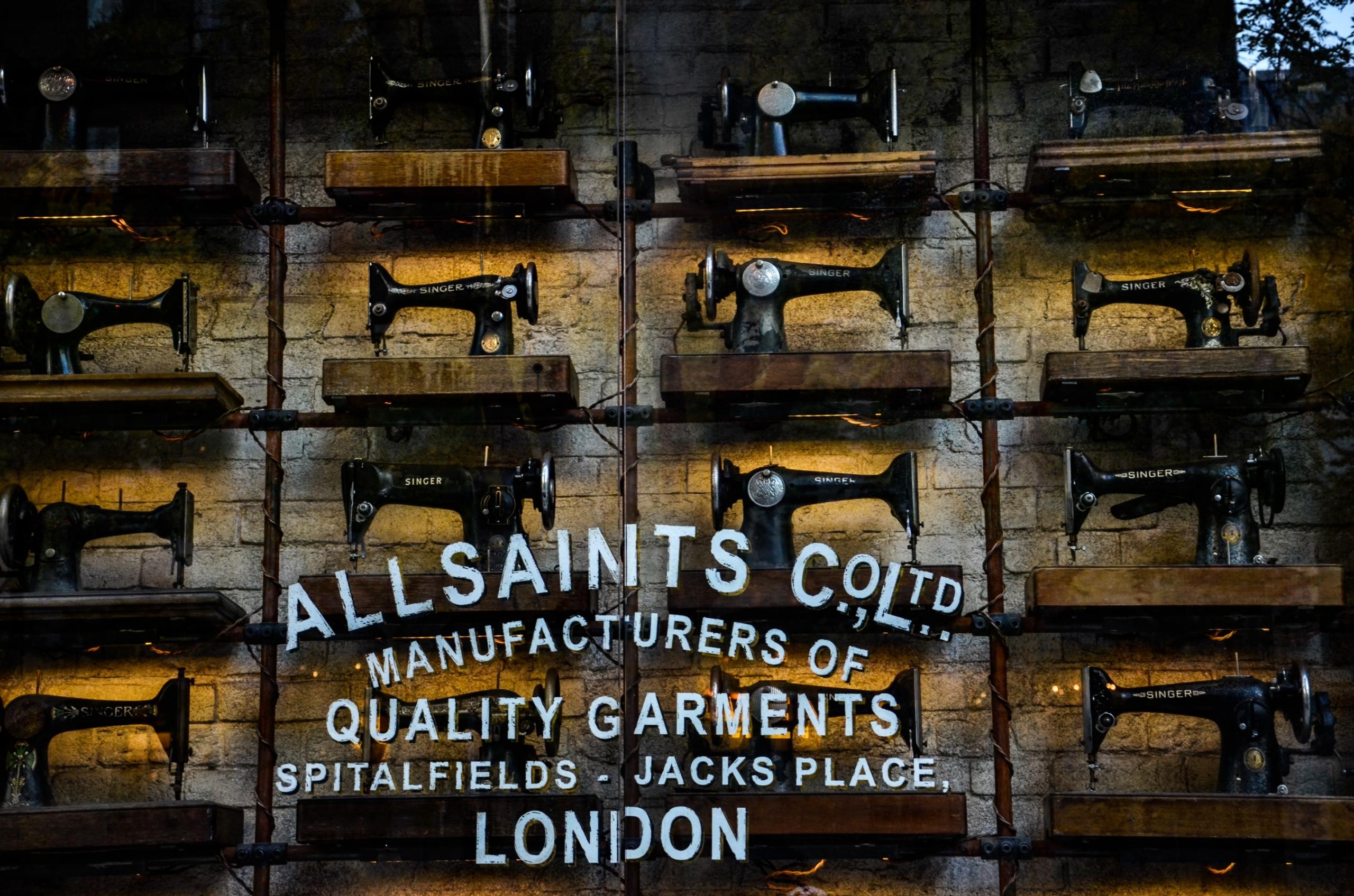














nice one
Hi Christopher! Really appreciate the feedback you’ve shared on this article!
Thanks for letting me know how to use the sewing machine but still can you help me on how to measure party dress
You’re very welcome—I’m glad the sewing machine guide helped! 😊
I’d be happy to help with measuring for a party dress too. The key measurements you’ll need usually include:
Bust – measure around the fullest part of the chest
Waist – measure around the natural waistline
Hips – measure around the widest part of the hips
Dress length – measure from the top of the shoulder down to where you’d like the hem to fall
Make sure to keep the measuring tape snug but not tight, and try to measure while wearing any undergarments you’ll use with the dress for accuracy. Let me know if you’re making a specific style of dress—I can guide you further based on that! ✂️👗
I love this page
We’re so glad you loved the page! 😊 It’s great to hear that the article helped clarify the different types of sewing machines for you. Choosing the right one can make such a difference, especially depending on the projects you’re planning.
HI,EVERYONE
Hi there! 👋
Thanks for stopping by — great to see your enthusiasm! Feel free to join the conversation or ask any questions about sewing or finding a tutor.
CAN WE BE CHATING HERE AS GROUP
Hi!
Thanks for your comment. This blog’s comment section isn’t set up for group chats, but you’re welcome to share your thoughts, questions, or tips about sewing machines here — we’d love to hear from you!
Happy sewing!
HI Christopher, wassup
THANKS
Give me another sewing machine that is people are using now
Hi Rebecca! Absolutely! In addition to the Brother HC1850, another popular choice among sewing enthusiasts is the Juki HZL-F300. This model is praised for its user-friendly interface, offering a wide variety of stitch options and features that cater to both beginners and experienced sewers. It’s particularly noted for its smooth sewing performance and durability. Whether you’re into quilting, garment making, or home décor projects, the Juki HZL-F300 is a versatile machine that many crafters are currently enjoying.